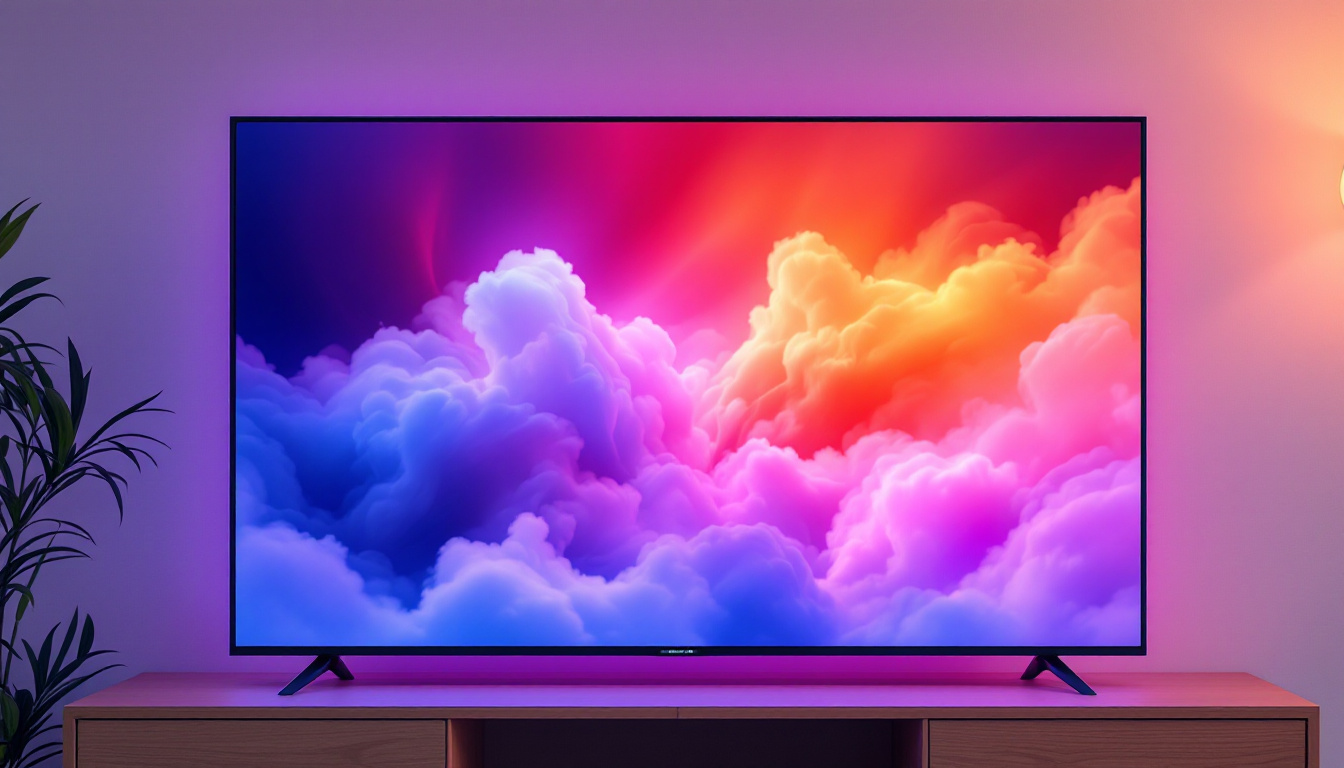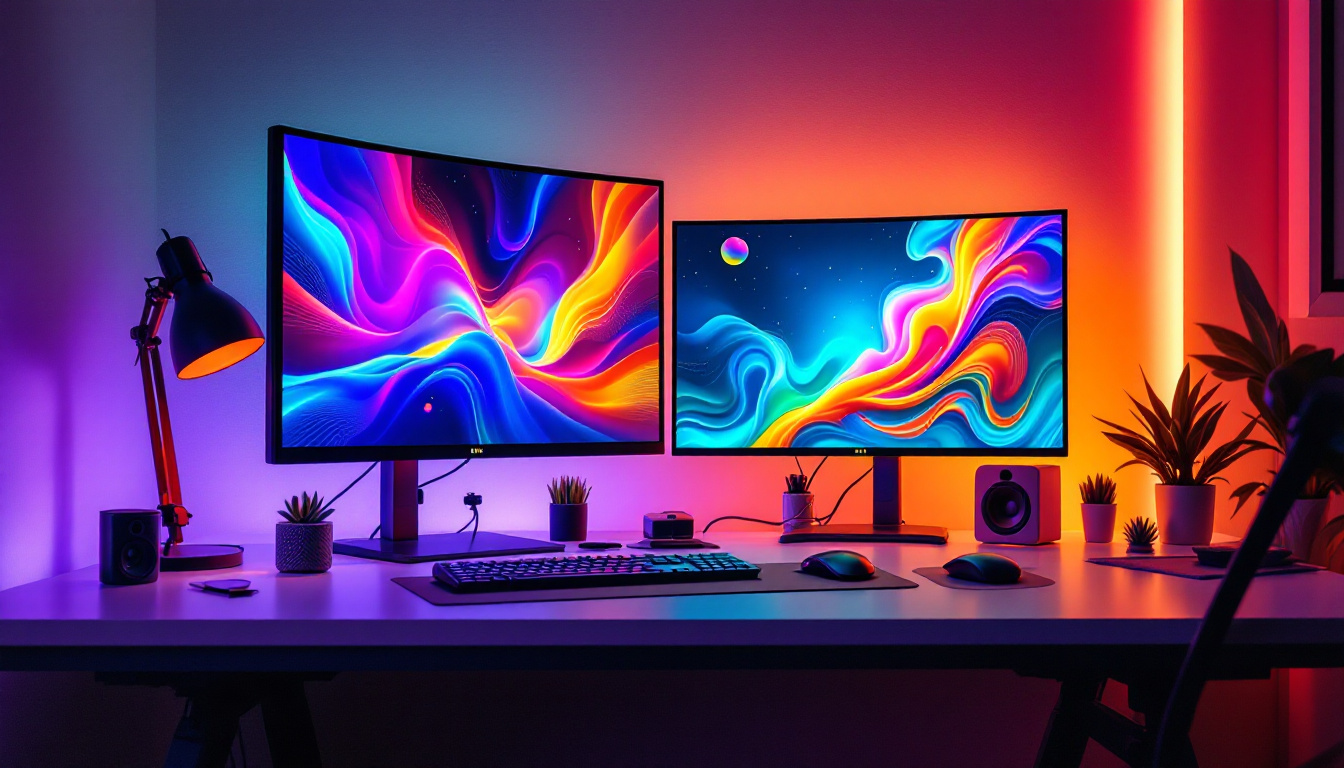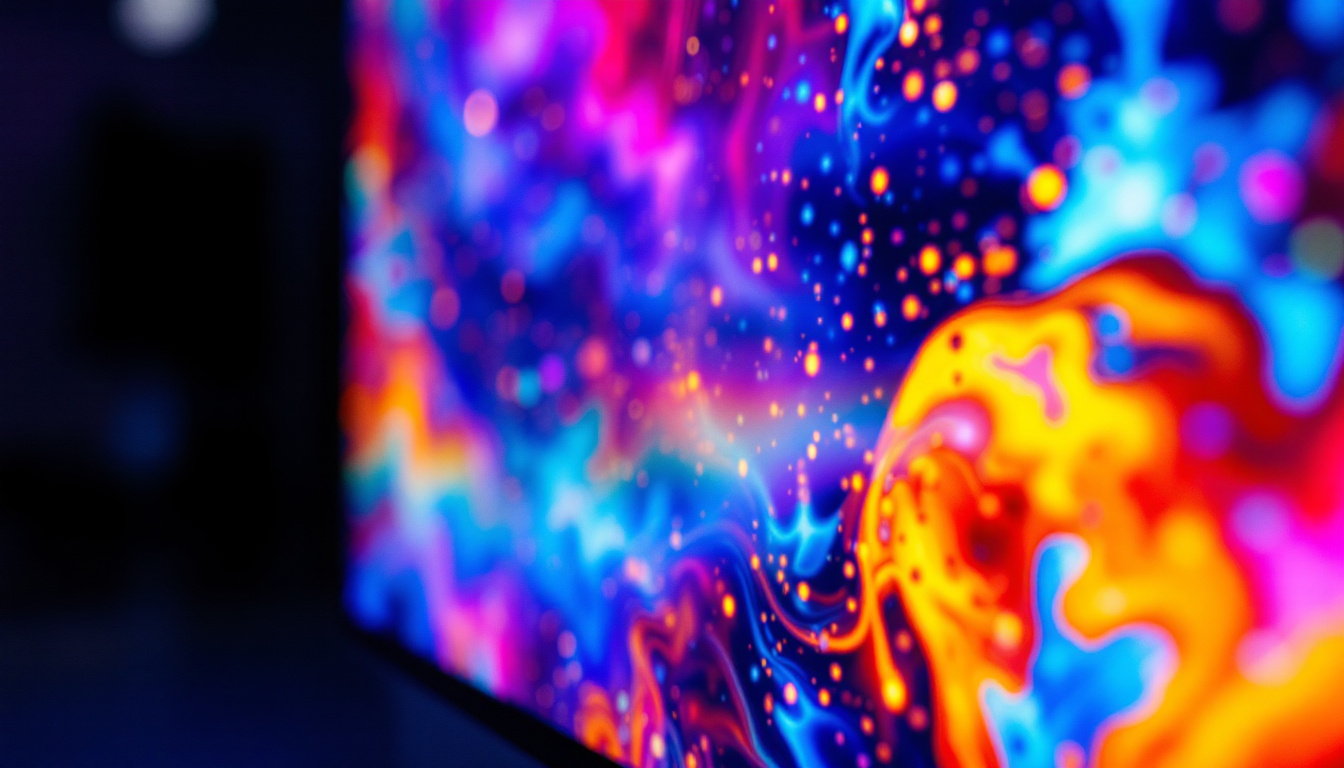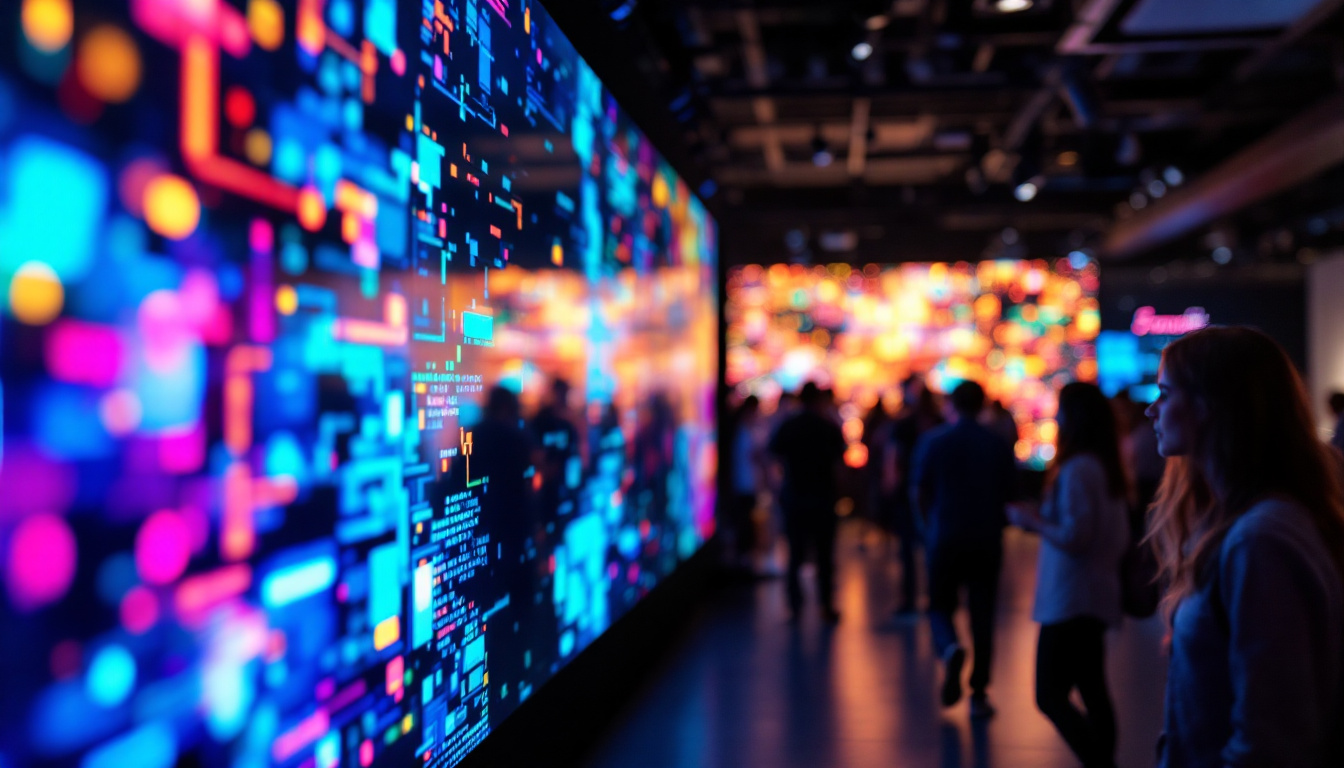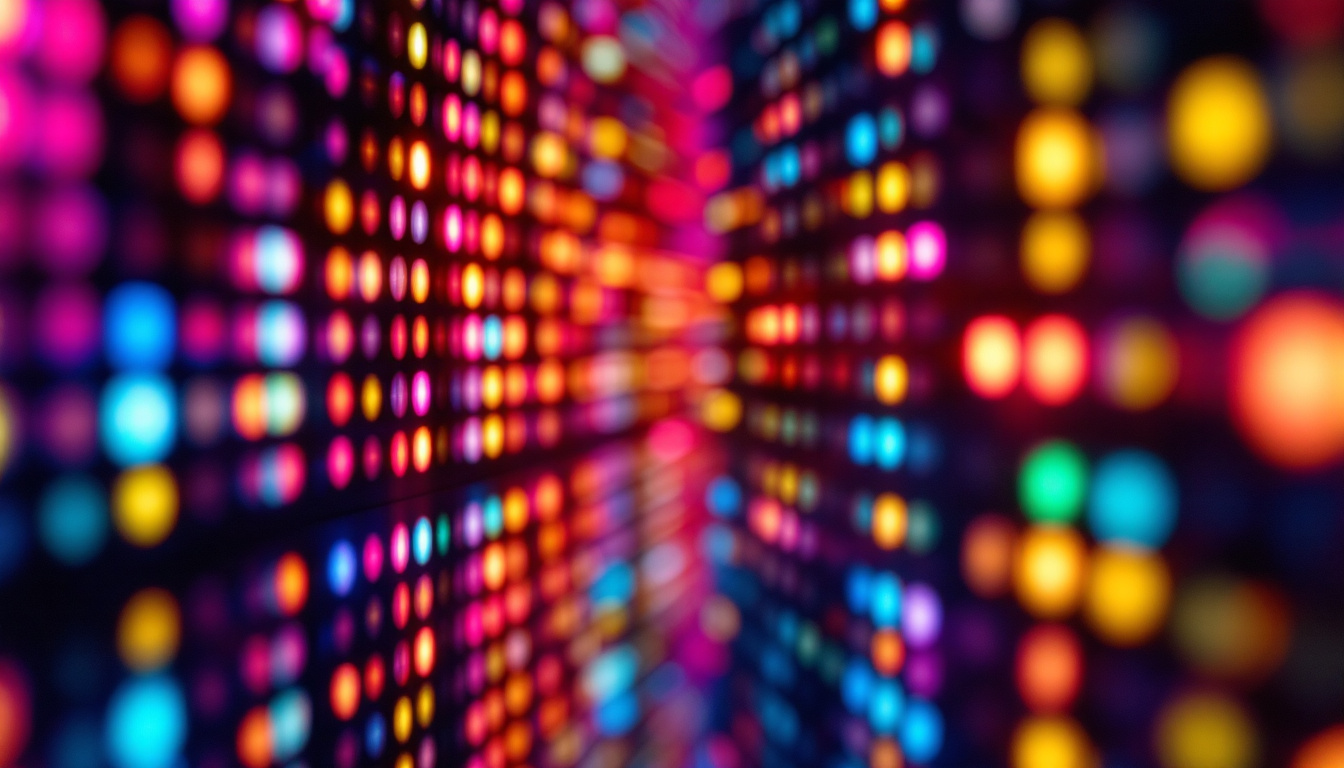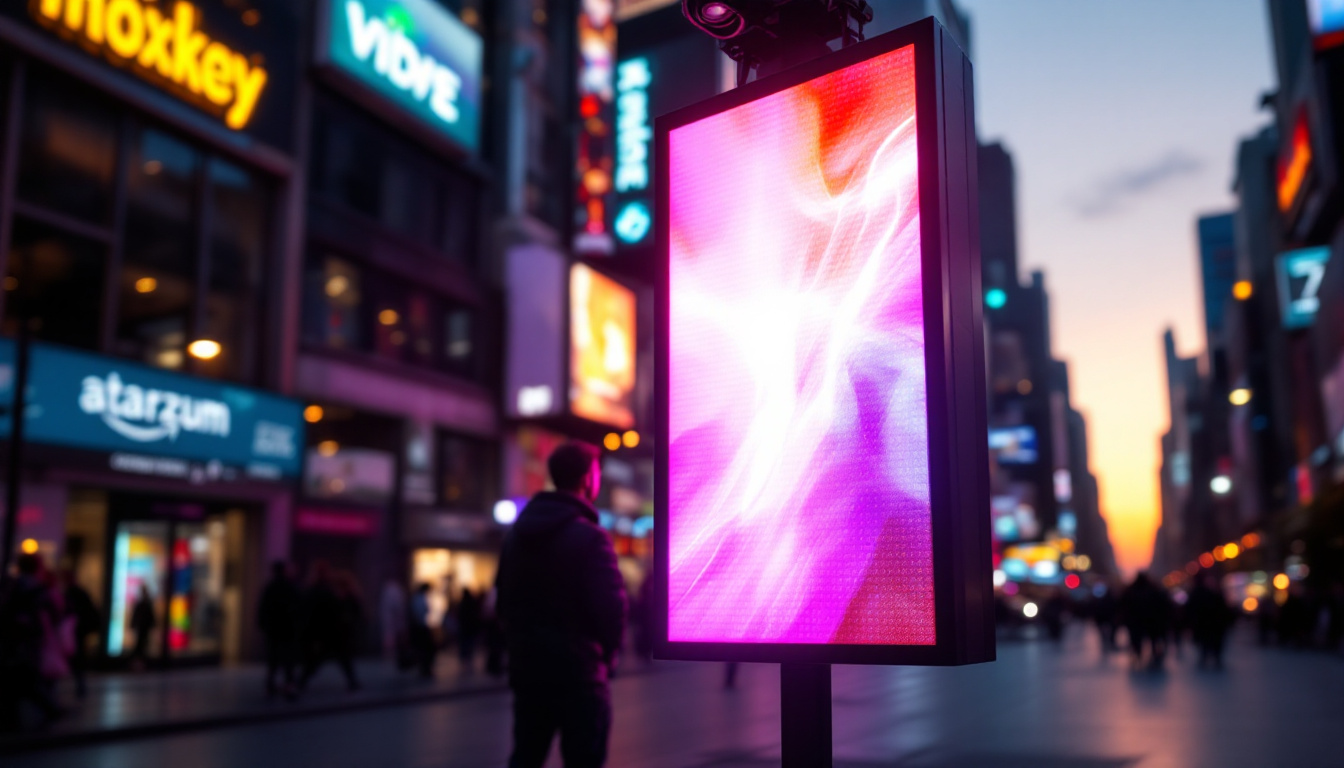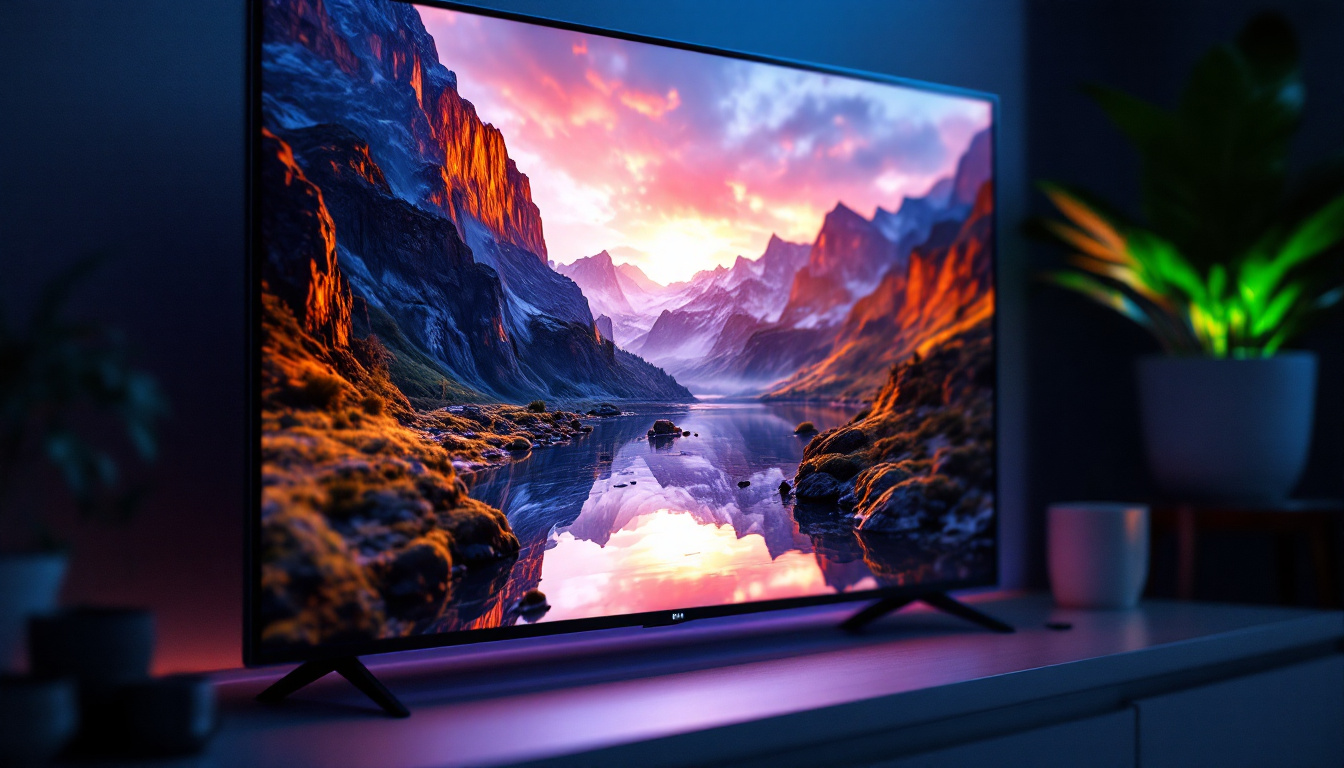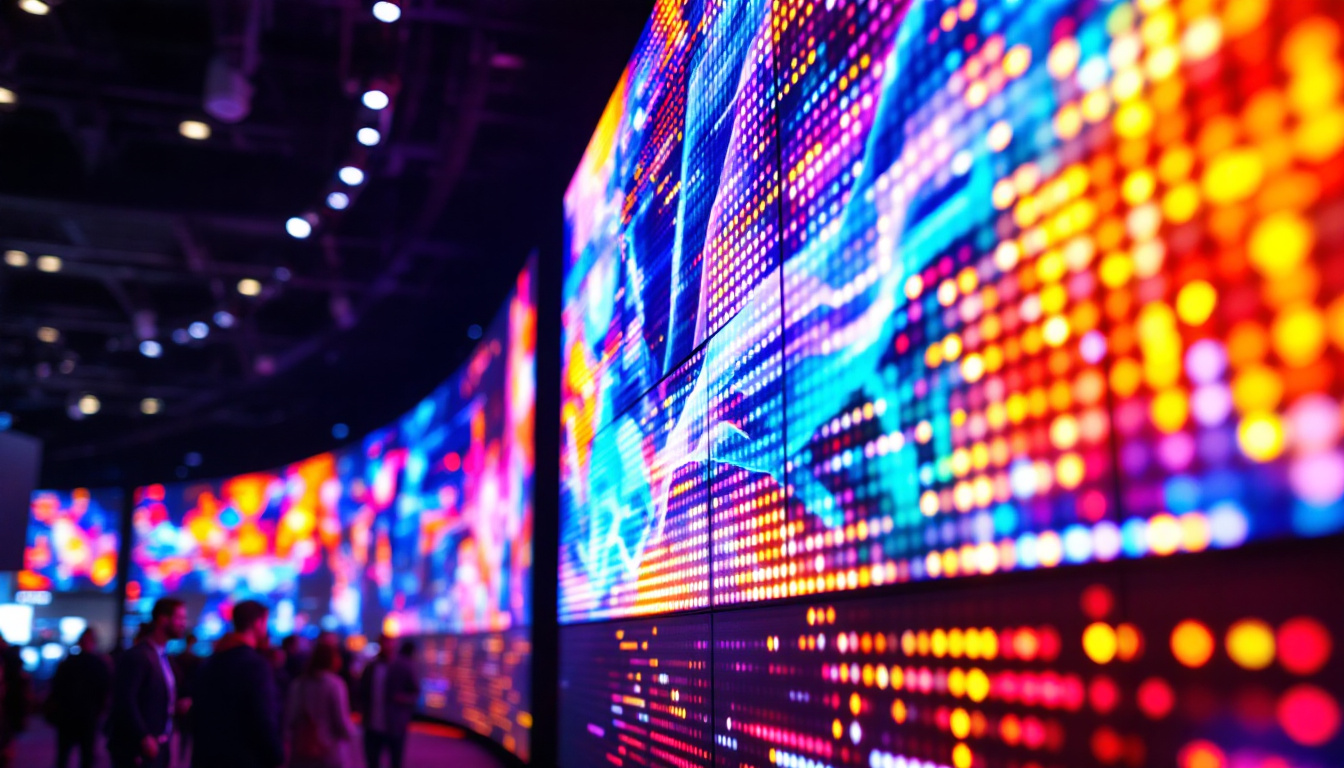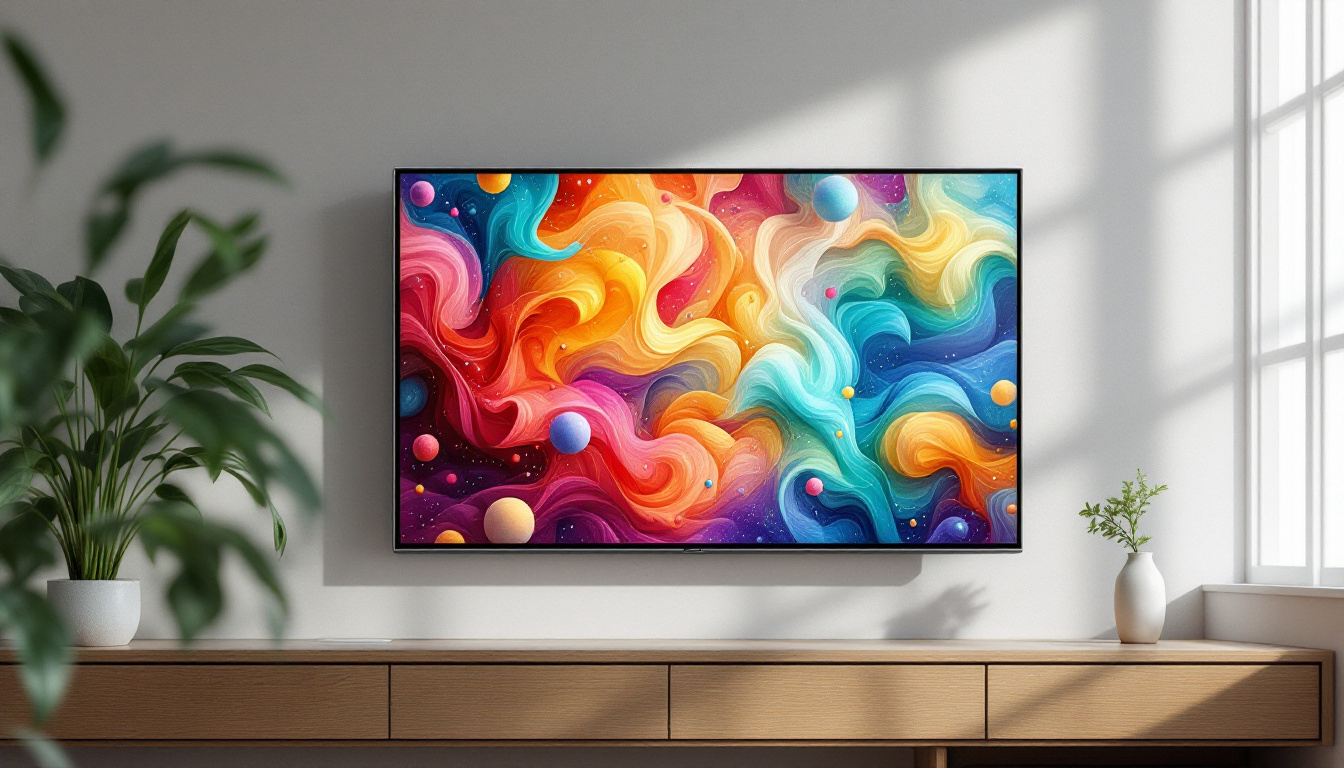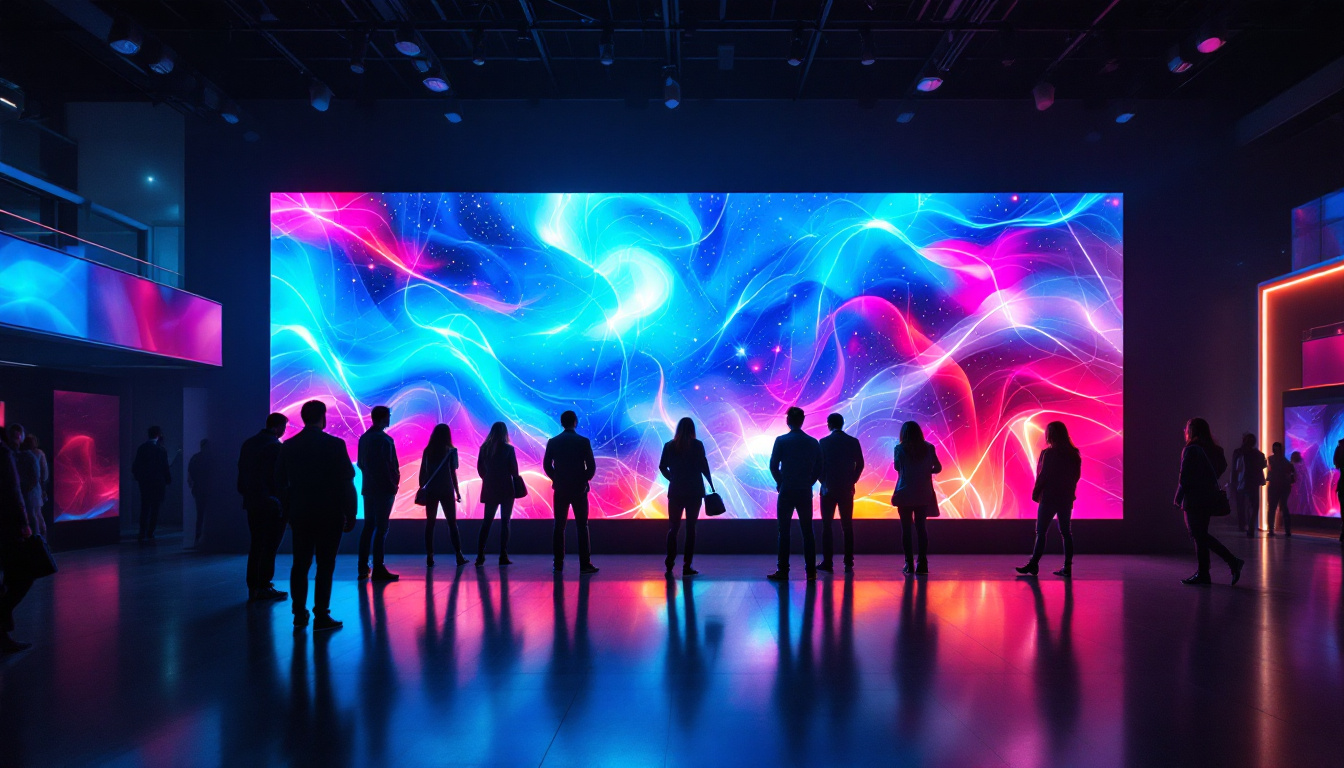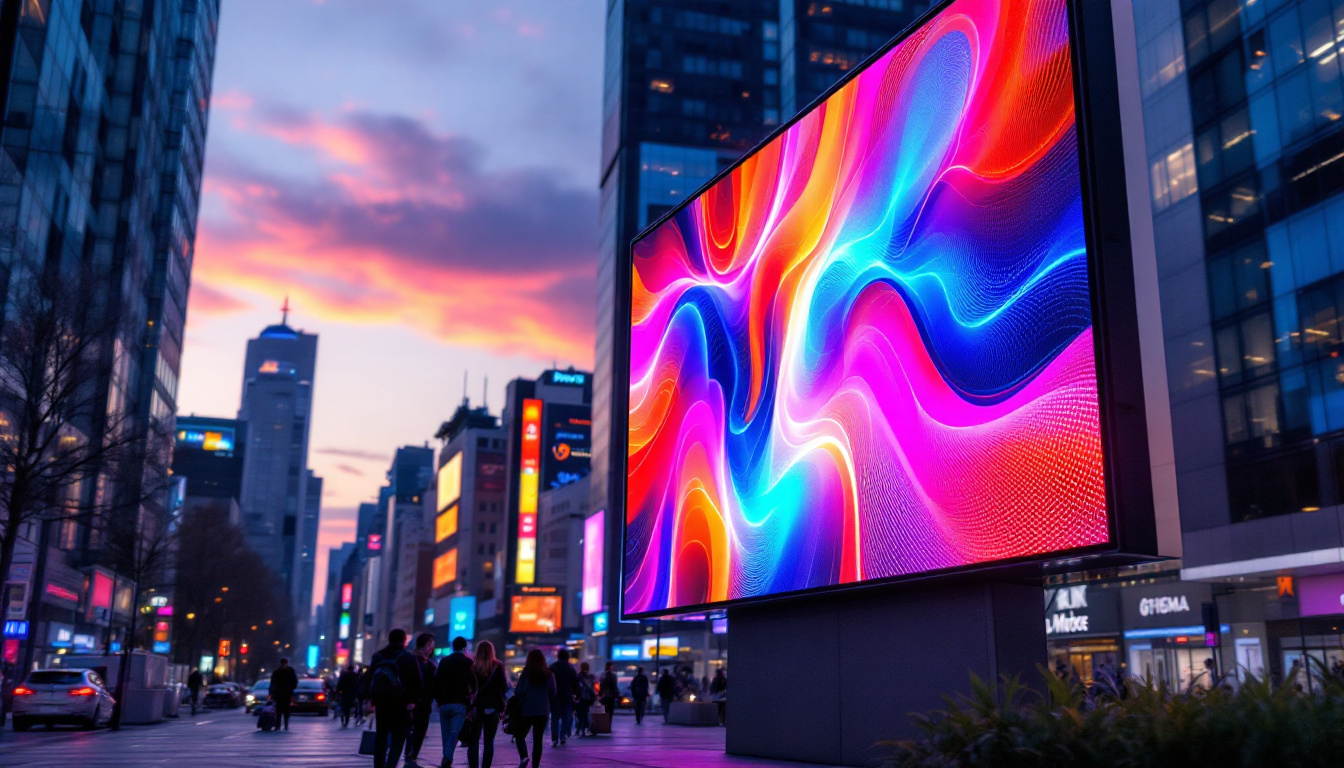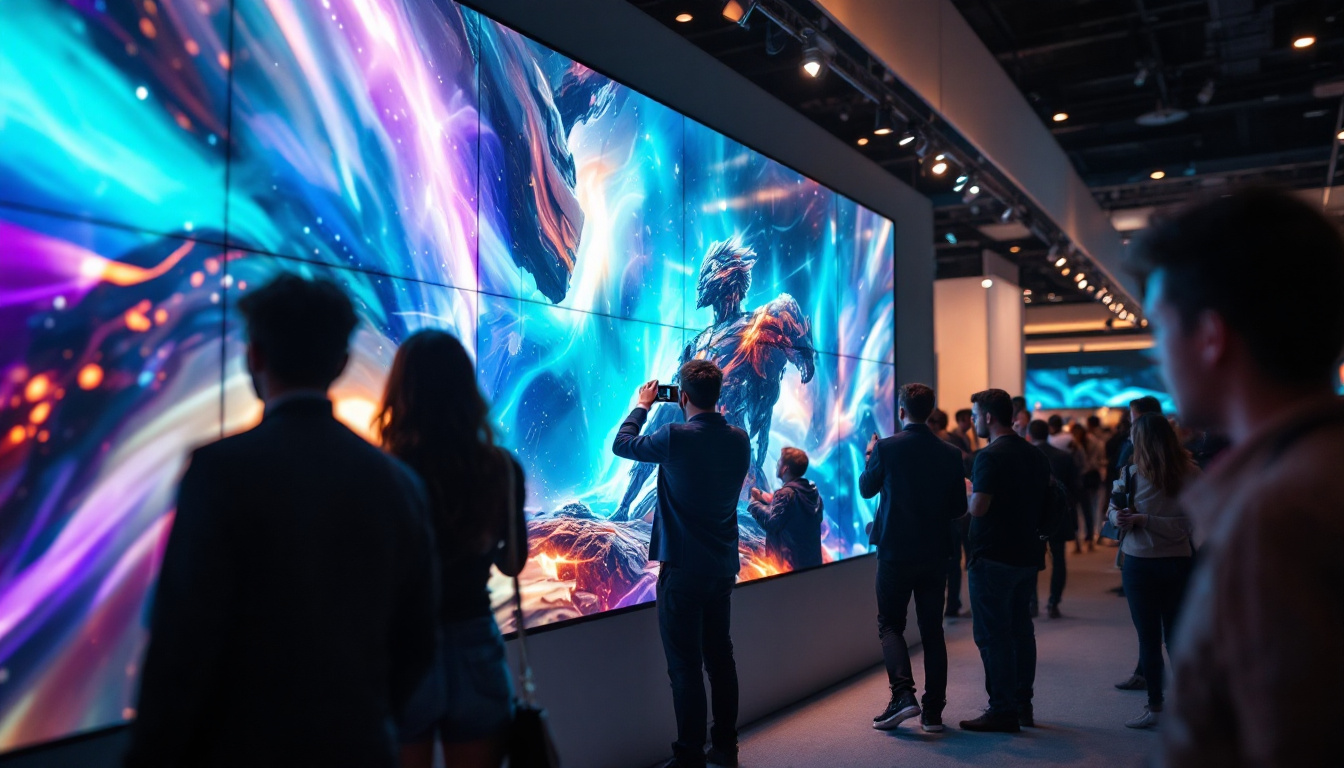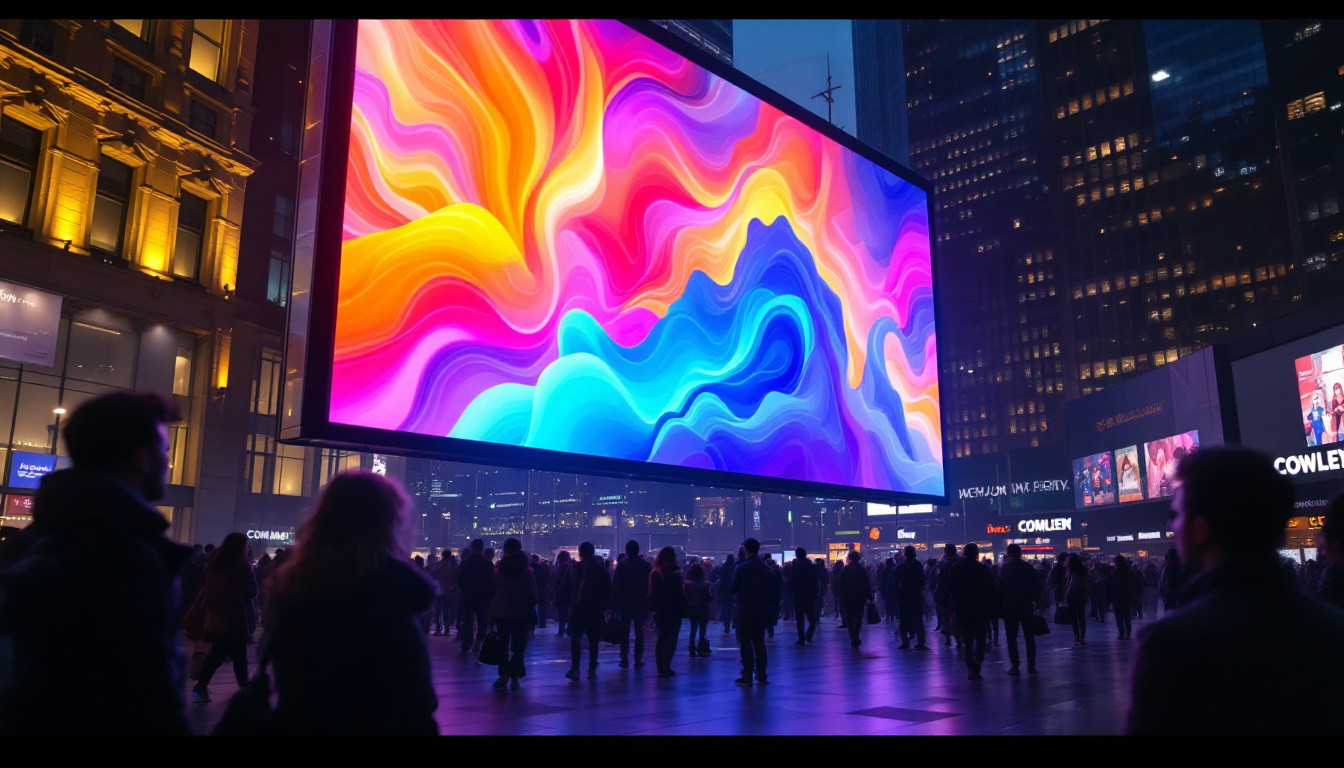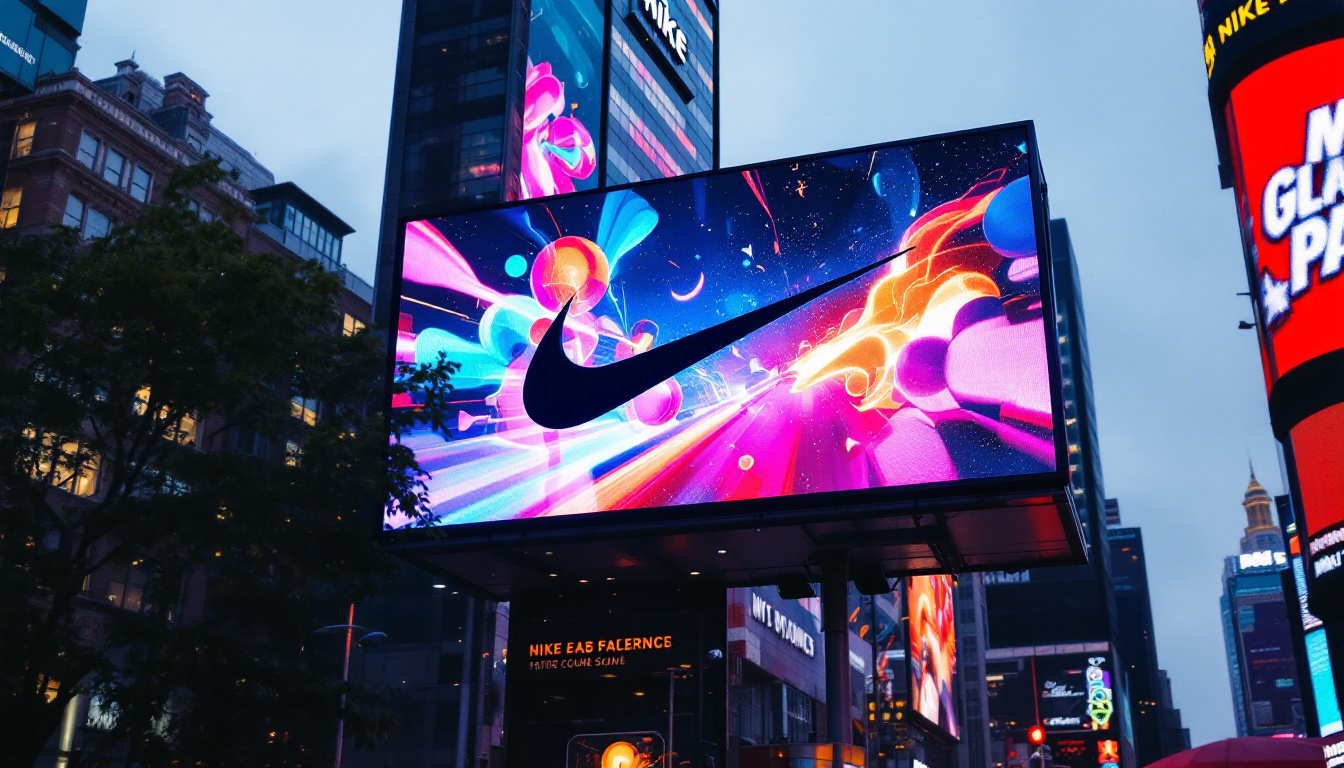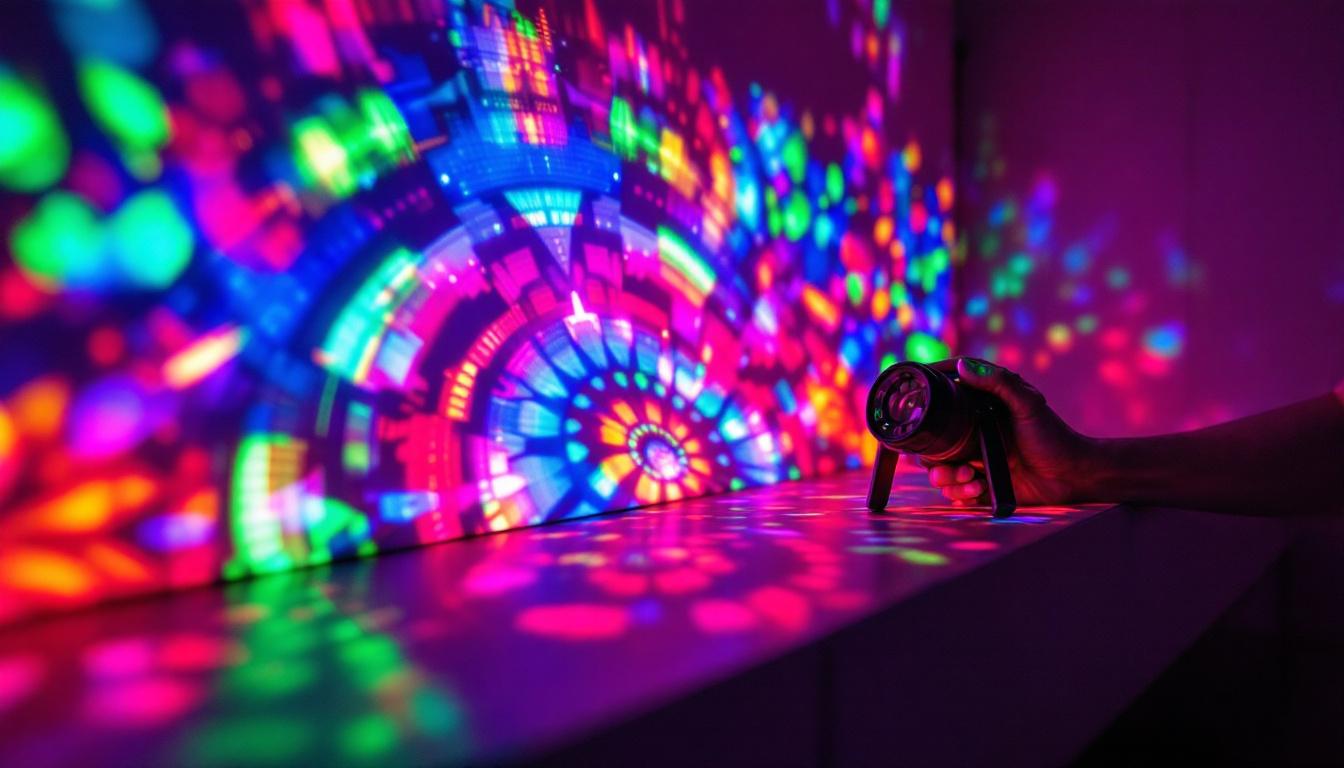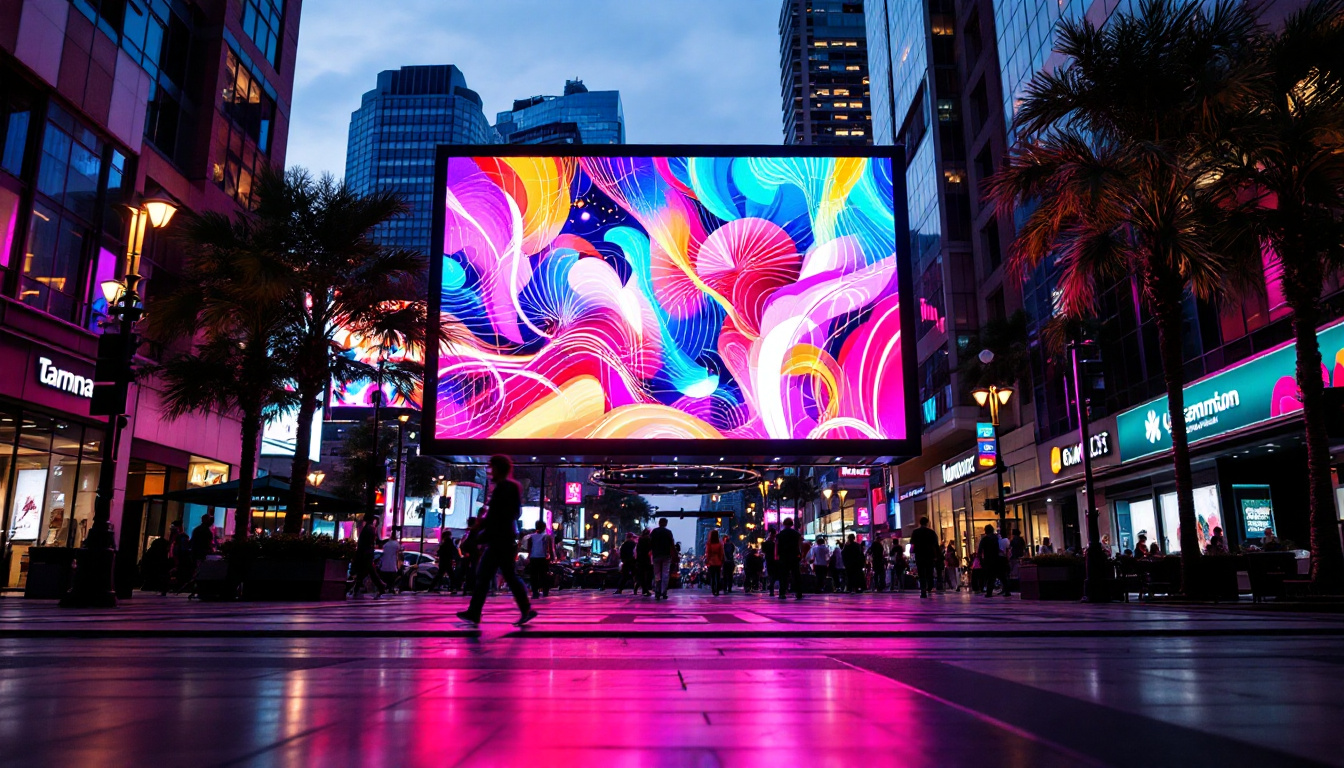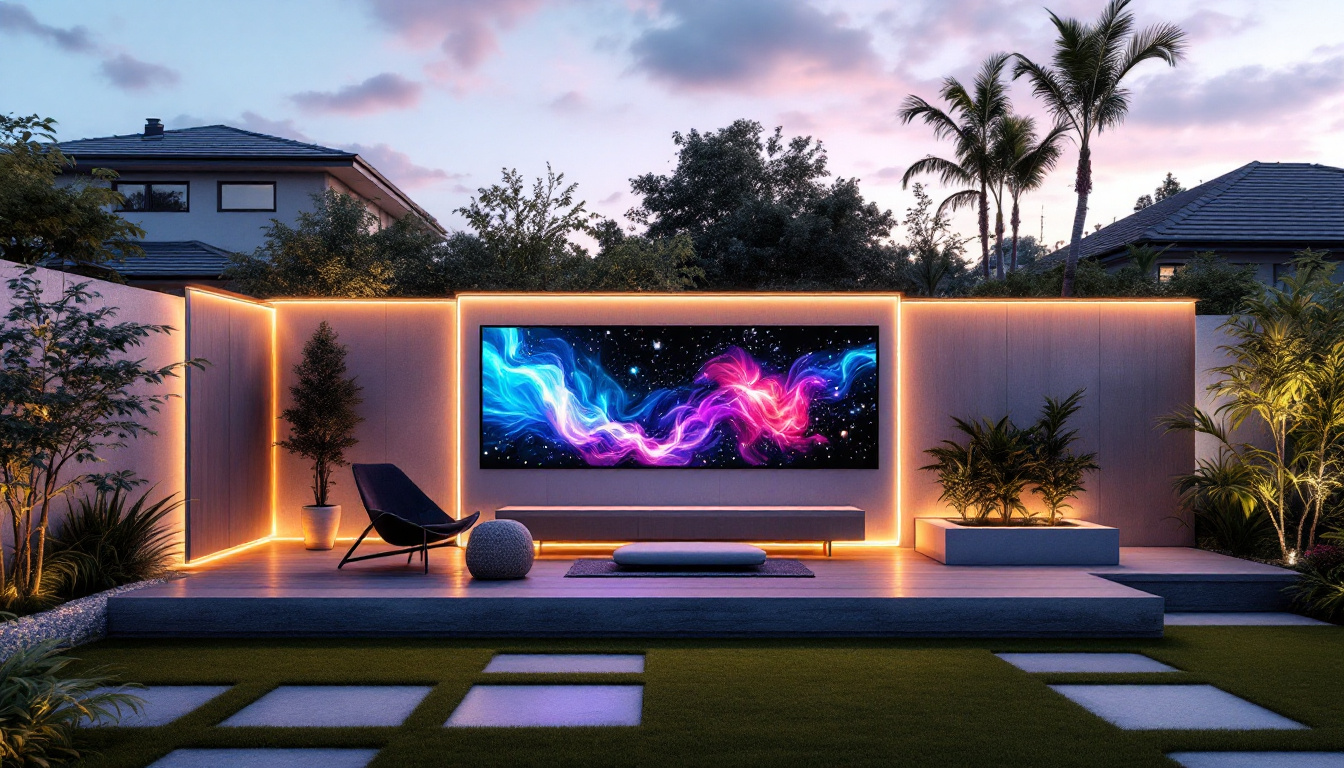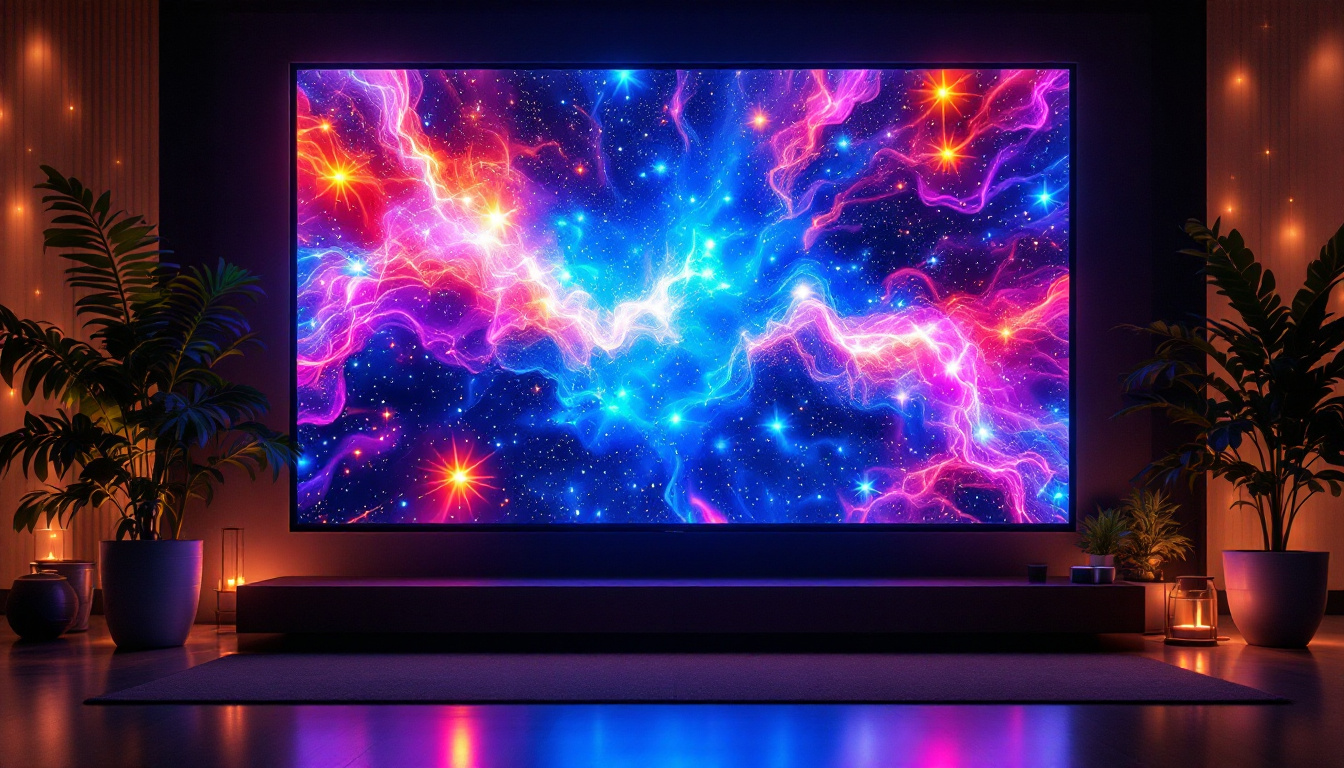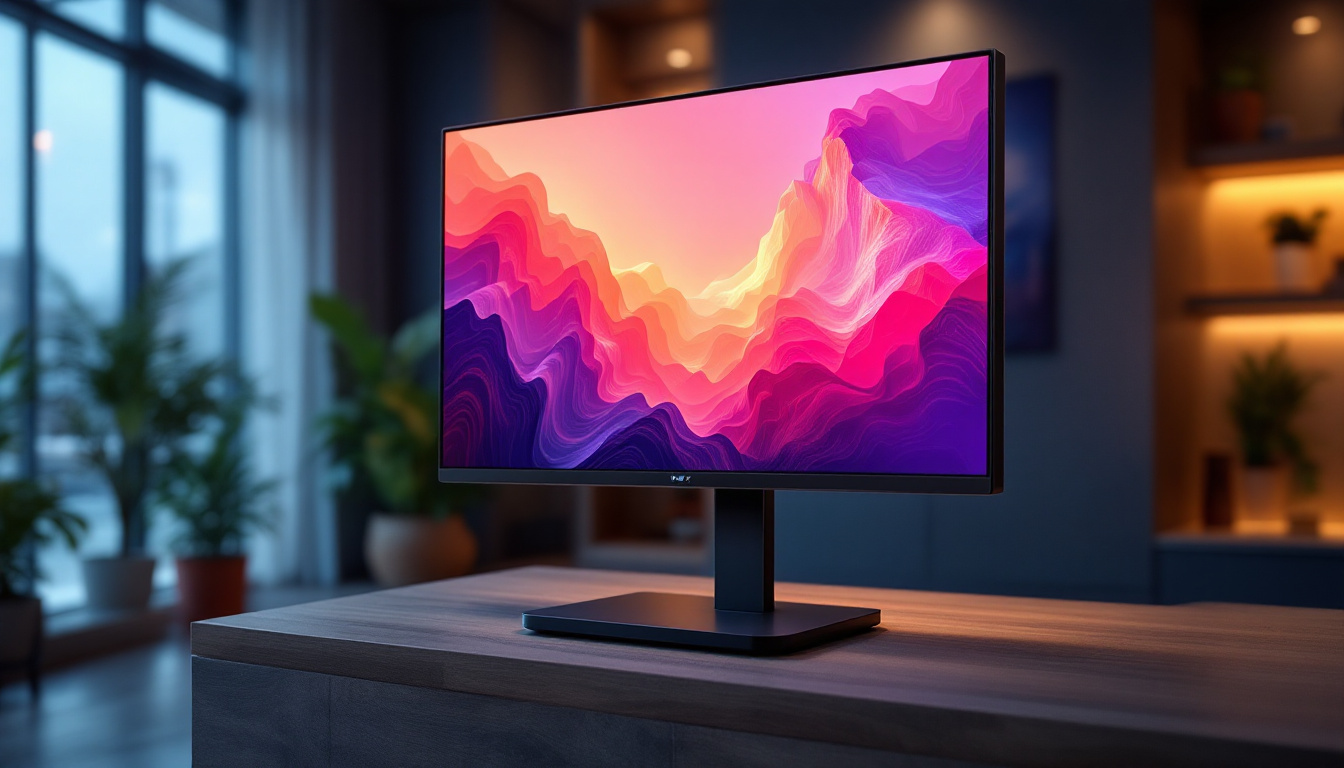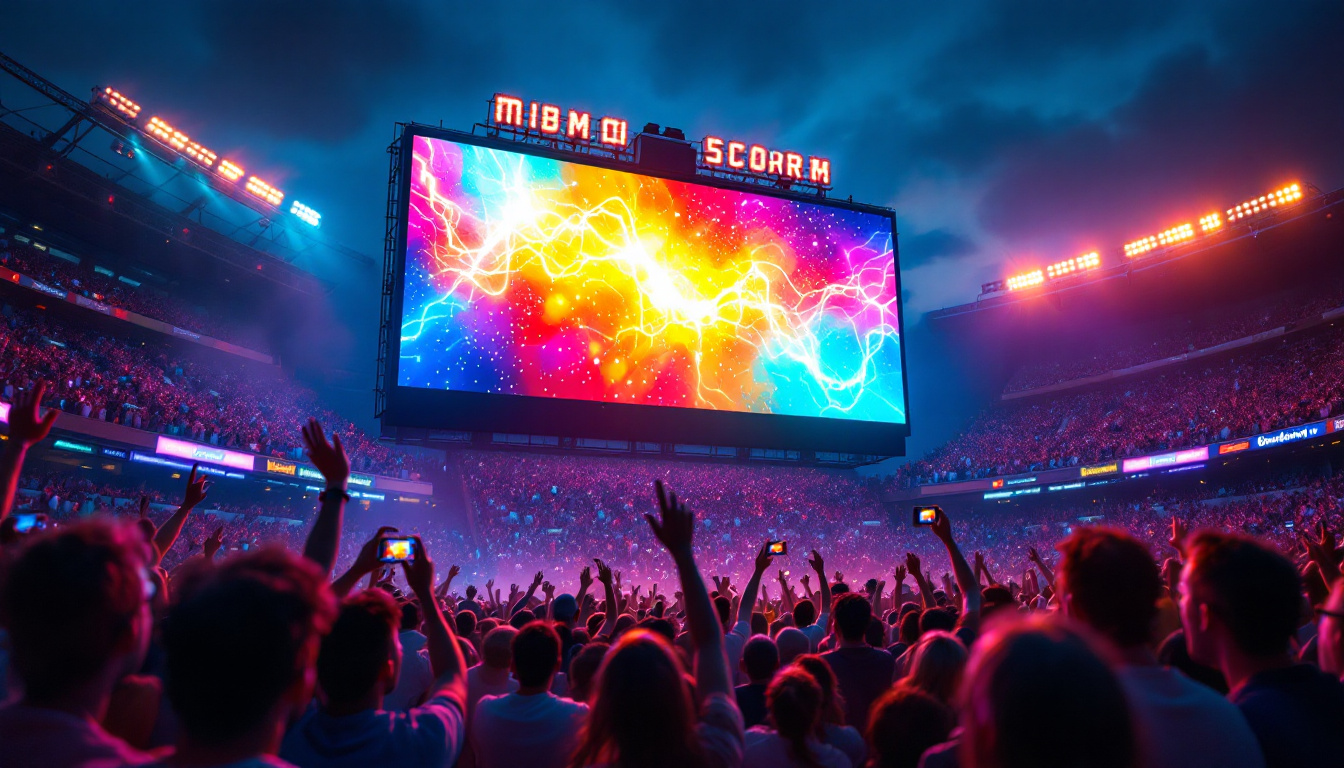In the modern world of technology, the television has evolved significantly, transitioning from bulky cathode-ray tubes to sleek LED displays. This evolution has not only enhanced the viewing experience but also changed how we interact with media. Understanding the intricacies of LED displays is essential for anyone looking to purchase a new television or simply wanting to grasp the technology behind the screens that dominate our living rooms.
Understanding LED Technology
LED, or Light Emitting Diode, technology has revolutionized the way images are displayed on screens. Unlike traditional LCD screens that use fluorescent backlighting, LED displays utilize tiny diodes to produce light. This fundamental difference leads to a range of advantages, both in terms of performance and energy efficiency.
How LED Displays Work
LED displays consist of a matrix of pixels, each of which can emit light in various colors. These pixels are controlled by a sophisticated system that adjusts brightness and color to create the images we see. The technology can be categorized into two main types: edge-lit and full-array. Edge-lit LED displays use LEDs positioned along the edges of the screen, while full-array displays have a grid of LEDs behind the screen, providing more uniform brightness and better contrast.
This technology allows for deeper blacks and brighter whites, enhancing the overall picture quality. Furthermore, LED displays can achieve a higher dynamic range, making them ideal for viewing in different lighting conditions. The result is a more vibrant and immersive viewing experience. Moreover, advancements in LED technology have led to the development of OLED (Organic Light Emitting Diode) displays, which take the benefits of LED a step further by allowing each pixel to emit its own light, resulting in even more stunning visuals with true blacks and a wider color gamut.
Advantages of LED Displays
One of the most significant advantages of LED displays is their energy efficiency. They consume less power compared to traditional displays, which not only reduces electricity bills but also contributes to a smaller carbon footprint. Additionally, LED screens tend to have a longer lifespan, making them a more sustainable choice for consumers.
Another key benefit is their slim profile. LED technology allows for thinner screens without compromising on quality, making it easier to mount televisions on walls or fit them into tight spaces. This sleek design is not only aesthetically pleasing but also aligns with modern interior design trends. Furthermore, the lightweight nature of LED displays facilitates easier transportation and installation, which is particularly advantageous for businesses that frequently update their display setups for events or promotions. As a result, LED technology has become the preferred choice for both residential and commercial applications, setting a new standard for visual displays across various industries.
Different Types of LED Displays
As the technology has advanced, various types of LED displays have emerged, each catering to different needs and preferences. Understanding these types can help consumers make informed decisions when purchasing a television.
Standard LED
Standard LED TVs are the most common type found in households today. They utilize LED backlighting to enhance the brightness and color of the display. While they offer improved picture quality compared to traditional LCDs, they do not provide the same level of contrast as some of the more advanced technologies. Standard LED displays are generally more affordable, making them a popular choice for budget-conscious consumers. They are also available in a wide range of sizes, ensuring that there is an option for every room and every viewing preference.
Furthermore, many standard LED models come equipped with smart technology, allowing users to stream content directly from popular services like Netflix and Hulu. This integration of smart features has made standard LED TVs not only a source of entertainment but also a hub for accessing a variety of media, appealing to a tech-savvy audience.
OLED vs. QLED
Two popular alternatives to standard LED displays are OLED (Organic Light Emitting Diode) and QLED (Quantum Dot LED). OLED technology uses organic compounds that emit light when an electric current is applied, allowing for individual pixel illumination. This results in true blacks and exceptional color accuracy, making OLED displays highly sought after for cinematic experiences. The ability of OLED screens to achieve near-perfect contrast ratios means that they excel in dark room settings, where the depth of color can truly shine.
On the other hand, QLED technology, developed by certain manufacturers, enhances LED displays with quantum dot technology. This allows for brighter displays and a wider color spectrum, making QLED TVs an excellent choice for bright environments. The enhanced brightness levels also make QLEDs more suitable for daytime viewing, where ambient light can wash out the picture quality of other types. Each technology has its strengths and weaknesses, and the choice between them often comes down to personal preference and viewing conditions. Additionally, it’s worth noting that both OLED and QLED technologies are continuously evolving, with manufacturers investing in research to improve their performance, longevity, and energy efficiency, ensuring that consumers have access to the latest advancements in display technology.
Resolution and Picture Quality
When it comes to LED displays, resolution plays a critical role in picture quality. The clarity of the image is determined by the number of pixels on the screen, and higher resolutions provide more detail and sharper images.
Understanding Resolutions
The most common resolutions for LED displays include Full HD (1080p), 4K (2160p), and 8K (4320p). Full HD offers a solid viewing experience, but as technology has progressed, 4K displays have become the standard for new televisions. With four times the pixel count of Full HD, 4K TVs provide stunning detail and clarity, especially on larger screens.
8K resolution, while still relatively new, promises even greater detail and is becoming increasingly popular for high-end models. However, the availability of native 8K content is limited, making it a consideration for future-proofing rather than an immediate necessity.
HDR: High Dynamic Range
High Dynamic Range (HDR) is another crucial aspect of picture quality in LED displays. HDR technology enhances the contrast and color accuracy of images, allowing for a more dynamic range of brightness. This means that bright areas appear more luminous while dark areas retain detail, creating a more lifelike viewing experience.
Many modern LED TVs support various HDR formats, including HDR10, Dolby Vision, and HLG. Each format has its unique features, but all aim to elevate the viewing experience by providing richer colors and improved contrast.
Smart Features and Connectivity
The rise of smart TVs has transformed the way viewers consume content. Most LED displays today come equipped with smart features that allow users to access streaming services, browse the internet, and even control other smart home devices.
Operating Systems
Different manufacturers utilize various operating systems for their smart TVs, including Android TV, Tizen, and webOS. Each platform offers unique features and user interfaces, allowing users to choose one that best suits their preferences. The integration of voice assistants, such as Alexa or Google Assistant, further enhances the user experience, enabling hands-free control.
Connectivity Options
Modern LED displays come with a range of connectivity options, including HDMI, USB, and wireless capabilities. HDMI ports are essential for connecting external devices like gaming consoles, Blu-ray players, and sound systems. The latest HDMI standards also support higher resolutions and refresh rates, making them ideal for gaming and high-definition content.
Wireless connectivity allows for seamless streaming from mobile devices and laptops, making it easier to enjoy content without the clutter of cables. Many TVs also support screen mirroring, enhancing the versatility of how content can be displayed.
Maintenance and Care for LED Displays
To ensure the longevity and performance of an LED display, proper maintenance and care are essential. Regular cleaning and appropriate usage can significantly extend the life of the television.
Cleaning Tips
When cleaning an LED screen, it is crucial to use a microfiber cloth to avoid scratching the surface. A gentle solution of water and vinegar can be used for stubborn spots, but harsh chemicals should be avoided as they can damage the screen. Keeping the screen dust-free not only enhances picture quality but also helps prevent overheating.
Optimal Settings
Adjusting the picture settings can also improve the viewing experience. Most LED displays come with preset modes for various content types, such as movies, sports, or gaming. Experimenting with these settings can help find the optimal configuration for individual preferences and viewing conditions.
Conclusion: The Future of LED Displays
As technology continues to advance, LED displays are likely to evolve even further. Innovations such as MicroLED and MiniLED are on the horizon, promising even greater picture quality and energy efficiency. These developments will likely enhance the viewing experience and solidify the position of LED technology as the standard in display technology.
understanding the various aspects of LED displays, from their technology and types to resolution and smart features, equips consumers with the knowledge needed to make informed decisions. Whether for gaming, movie-watching, or general viewing, LED displays offer a range of options that cater to diverse preferences and needs.
In conclusion, LED technology has transformed the television landscape, providing consumers with high-quality, energy-efficient, and versatile options. As the market continues to grow and evolve, staying informed about these advancements will ensure that viewers can enjoy the best possible experience in their homes.
Explore Cutting-Edge LED Displays with LumenMatrix
Ready to elevate your visual experience with the latest in LED display technology? Discover LumenMatrix’s innovative solutions that redefine the way you engage with your audience. From captivating Indoor and Outdoor LED Wall Displays to dynamic Vehicle and Sports LED Displays, LumenMatrix offers a wide array of options, including Custom and All-in-One LED Displays, to meet your specific needs. Embrace the future of visual communication with our LED Transparent and Floor Displays that promise to leave a lasting impression. Check out LumenMatrix LED Display Solutions today and transform your space into a mesmerizing visual journey.

